Fancy White Diamonds? They’re Not What You Think
Diamond expert Grant Mobley explains why fancy white diamonds are among the rarest diamonds in the world.
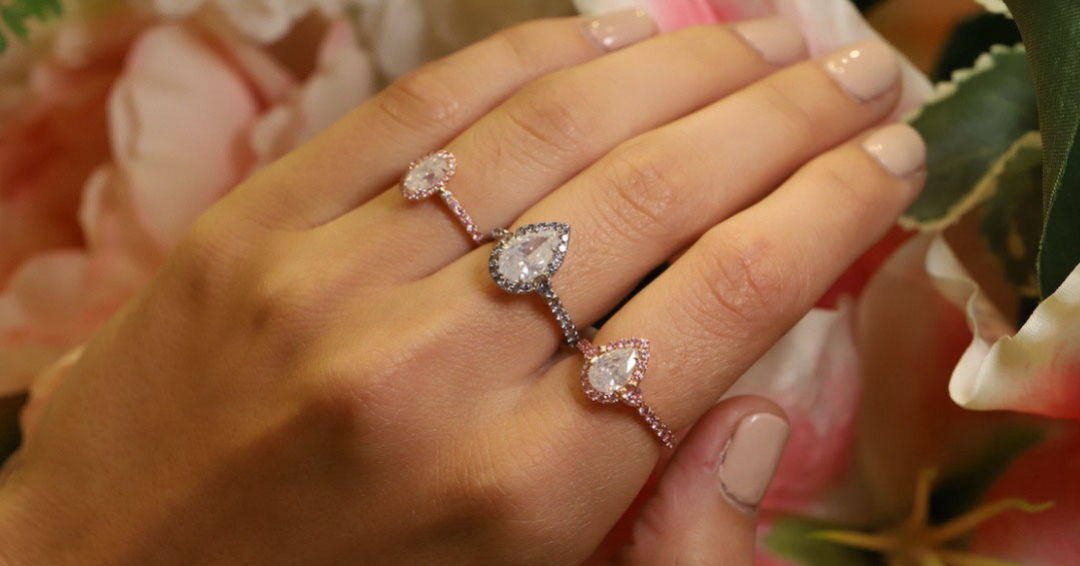
What if I told you the diamonds you are likely wearing now are not “white” diamonds but rather “colorless” diamonds? It’s true: the crystal clear, sparkling natural beauties that humanity has adored for thousands of years are often incorrectly referred to as “white”; actual white diamonds are part of the one in 10,000 diamonds that can be graded as “fancy color.” Of course fancy color diamonds are nothing new (actually they are as old as time) and have even gained mainstream exposure ever since celebrities like Jennifer Lopez and Scarlett Johansson debuted them on engagement rings.
When you think of fancy color diamonds, you probably imagine the ultra-rare yellow, pink, blue and green shades of diamonds we often see at auctions or on red carpets; fancy white diamonds are less familiar. Even though these stones are almost unheard of to the average person, they can be some of the rarest and most exciting diamonds we see in nature, with a color that man has never replicated.
Read More: J Lo’s Green Diamond Engagement Ring from Ben Affleck has Officially Made it Down the Aisle
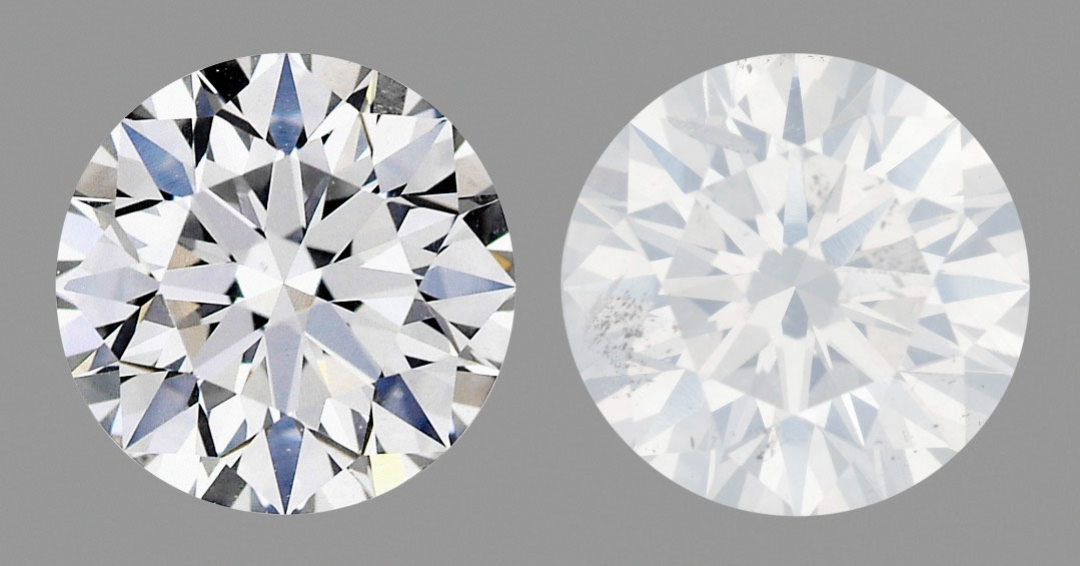
Fancy White Diamonds Are Among the Rarest of Colored Diamonds
So what are fancy white diamonds? Fancy white diamonds are a natural phenomenon that forms diamonds with a white color sometimes described as milky or hazy. They are in a rare subset of fancy color diamonds because, unlike all other fancy color diamonds, they do not get color from non-carbon elements and other atomic-level defects; their color comes from submicroscopic inclusions that scatter the light and give the white appearance. These inclusions are so small that traditional optical microscopes are not powerful enough to isolate them, so scientists often use electron microscopes to study them. This unique cause can also give the diamonds an opalescent appearance that must be seen in person to truly appreciate.
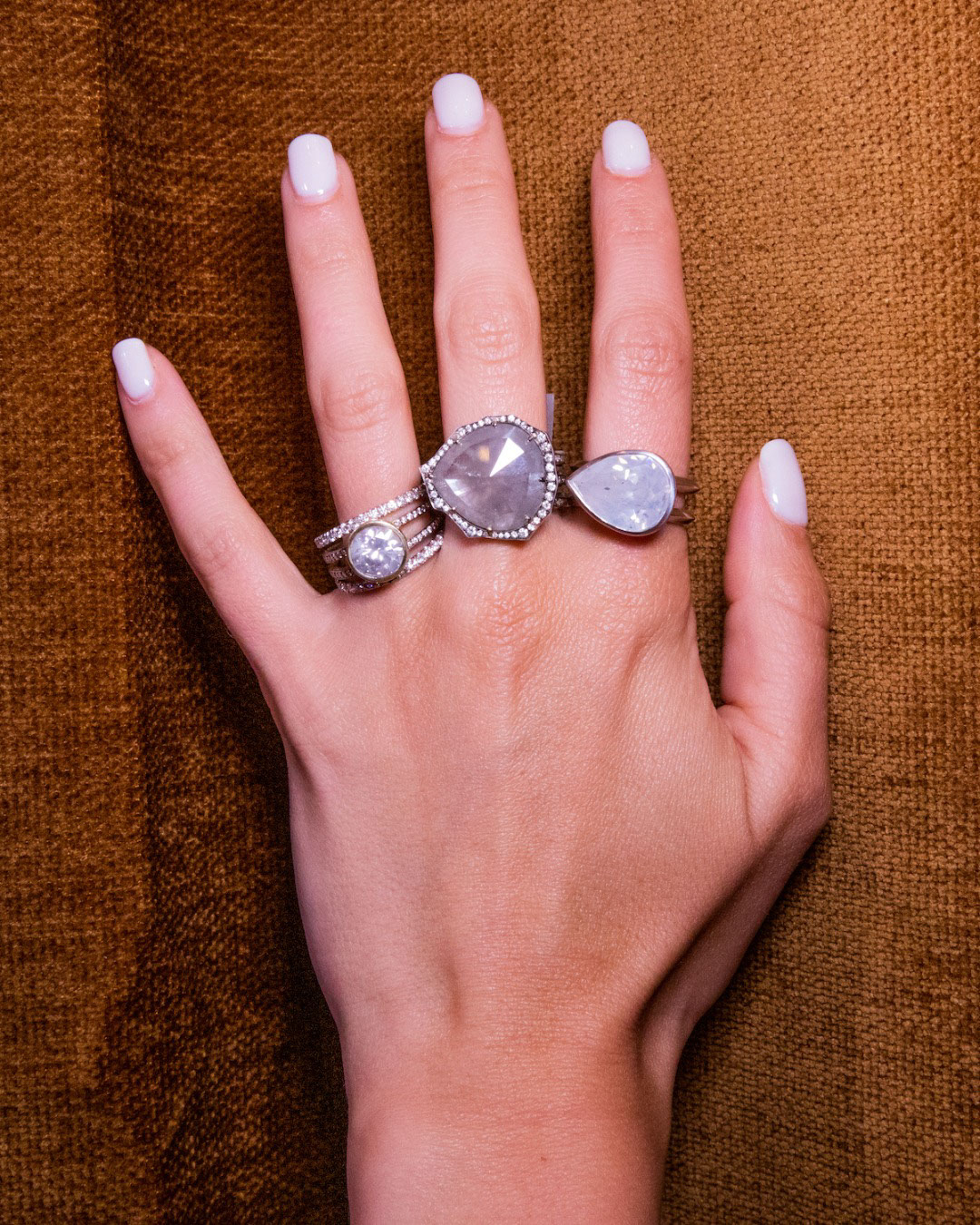
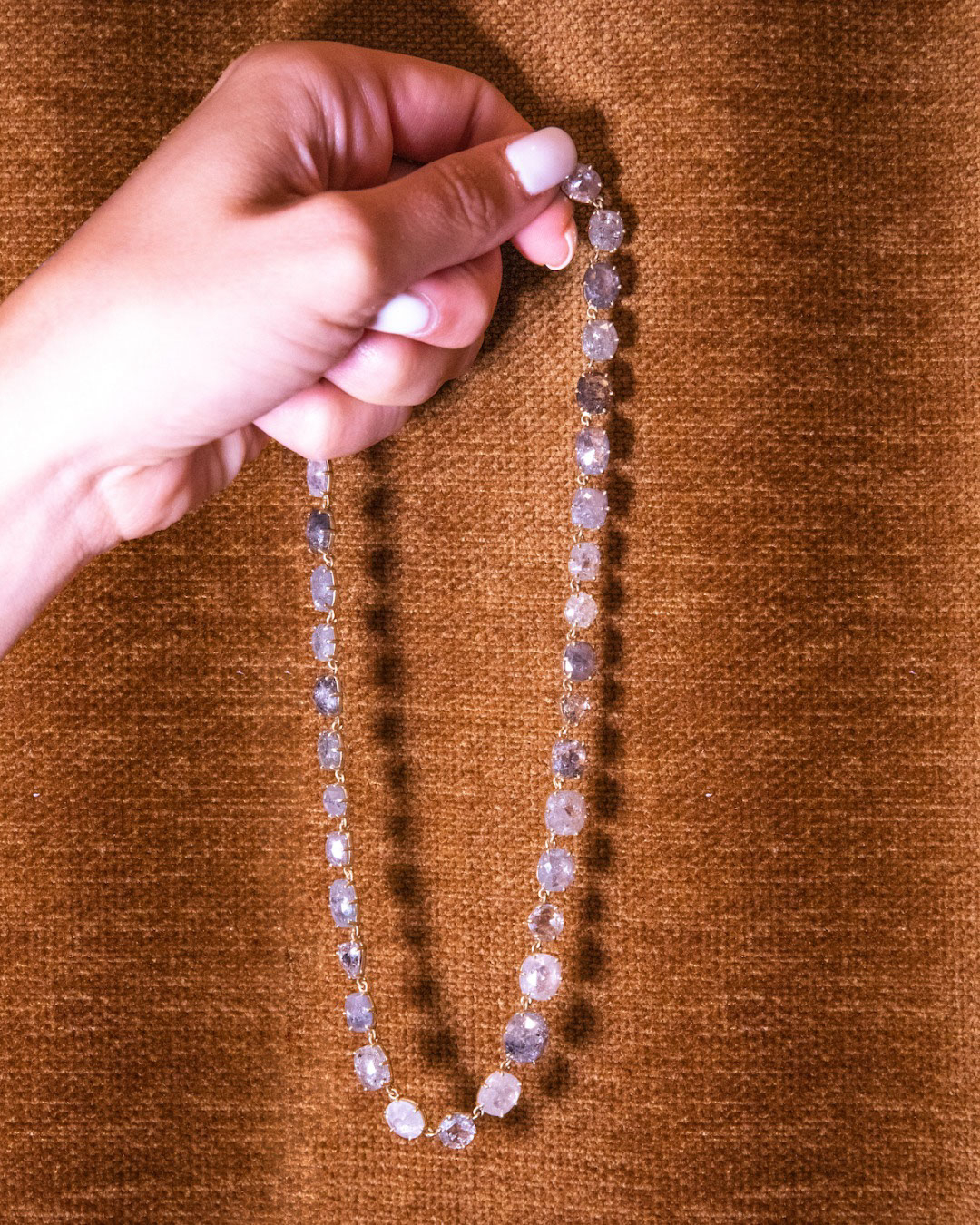
White diamonds are so incredibly rare that little information exists on how many have been discovered. According to GIA, fewer than 2,000 natural fancy white and black diamonds have been submitted for grading since 2008. In this case, fancy white and black diamonds are grouped since they are the only two diamonds with color derived from inclusions. Also, according to GIA, the vast majority (82%) of white diamonds are type IaB, making them a subset of a rare diamond type. Most diamonds of this type formed more than 150 miles below the earth’s surface, making them among the deepest forming diamonds. Their extreme rarity and the unlikelihood of forming in larger sizes are undoubtedly why there are no famous examples of white diamonds and why most people don’t even know they exist.
Read More: The Science of Colored Diamonds
Contrary to belief, GIA grades fancy white diamonds like other fancy color diamonds. Most fancy color diamonds are graded based on the level of saturation of the color, for instance “fancy light yellow” or “fancy intense yellow,” but since white is a neutral color, there is no variation, the stone is either fancy white–or it isn’t. The variation in fancy white diamonds is mostly how transparent or opaque they appear and the traditional diamond clarity grading.
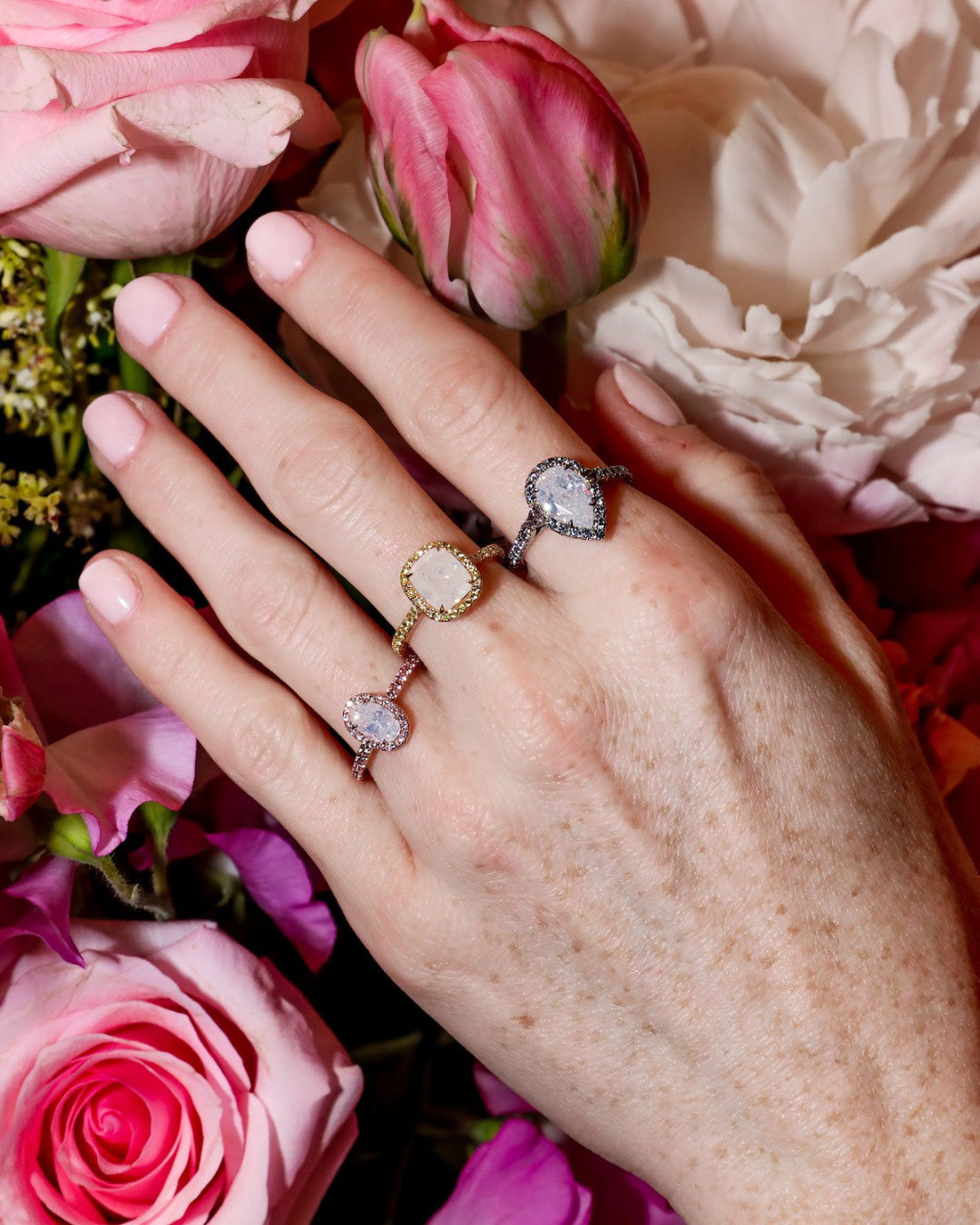
The remarkable rarity of natural color diamonds has had scientists trying to replicate them for years. Many processes have been developed that can change the color of a diamond to green, pink, blue, yellow and almost everything in between. Of course, these “color-treated” diamonds may look close to the natural colors, but they are always distinguishable and nowhere near the value of the natural colors they mimic. Remarkably, fancy white diamonds are the only fancy color diamond with no known method or treatment to mimic their unique appearance. A fancy white lab-grown diamond has also never been observed.
Their unknown and underappreciated nature makes white diamonds ideal for connoisseurs looking for a miracle of nature at the top of the rarity charts, but without the extreme costs of most other natural fancy color diamonds.
